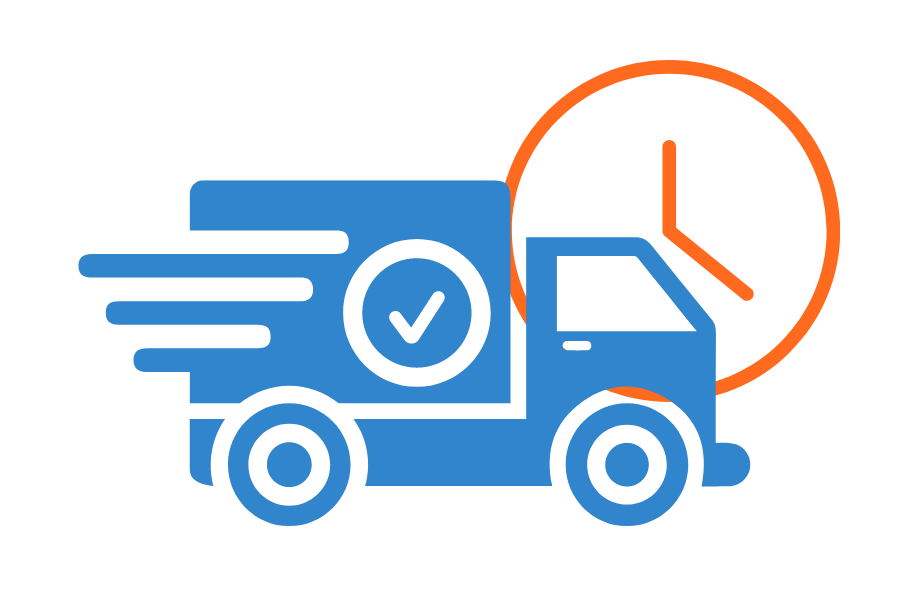Quick Ratio: A Liquidity Metric for Small Businesses
For small business owners, mastering financial metrics is crucial, and the Quick Ratio is an essential tool. This straightforward indicator helps assess your company’s ability to cover short-term obligations using its most liquid assets, ensuring you’re prepared to handle financial commitments efficiently
What is the Quick Ratio?
The quick ratio measures a company’s ability to access enough liquid assets to cover its current liabilities. It includes cash, marketable securities, and accounts receivable—assets that can be quickly converted into cash within 90 days. This ratio is crucial because it shows the immediate liquidity available to pay down those liabilities.
Formula and Calculation of the Quick Ratio
Quick Ratio = (Cash + Marketable Securities + Accounts Receivable) / Current Liabilities
To put this into perspective, let’s consider a hypothetical scenario:
- Cash: $15,000
- Marketable Securities: $5,000
- Accounts Receivable: $20,000
- Current Liabilities: $30,000
Using the formula:
Quick Ratio = ($15,000 + $5,000 + $20,000) / $30,000 = 1.33
This result tells us that for every dollar of current liabilities, the company has $1.33 in quick assets to cover them.
Importance of the Quick Ratio
The significance of the quick ratio cannot be overstated for small businesses. It’s an indicator of a company’s financial strength and efficiency in managing its short-term obligations. A quick ratio of 1 or above is typically considered healthy, indicating that the company can meet its debt obligations without selling any inventory. Ratios below 1 may signal potential liquidity problems, suggesting that the business might struggle to meet its current liabilities.
Challenges in Managing Quick Ratio
While the quick ratio provides a clear picture of liquidity, small business owners might face several challenges:
- Fluctuating Sales: Variable revenue can make it difficult to maintain a stable quick ratio.
- High Dependency on Receivables: If a significant portion of your assets is in accounts receivable, your liquidity is dependent on the timeliness of customer payments.
- Rapid Growth: While growth is positive, it can strain your quick assets if the expansion is not managed carefully.
Strategies to Improve Your Quick Ratio
Improving your quick ratio involves enhancing liquidity and managing liabilities efficiently. Here are some strategies:
- Enhance Collection Processes: Speeding up the collection of receivables can provide more cash on hand.
- Manage Payables Wisely: While it’s crucial to meet obligations, strategically managing payables without compromising supplier relationships can improve liquidity.
- Monitor Inventory Levels: Reduce slow-moving inventory to free up cash, thereby improving the quick ratio.
- Refinance Short-term Debt: If possible, convert short-term liabilities into long-term liabilities to enhance immediate liquidity.
~ Check out Counto’s accounting plans that take care of your business finances effectively.
Quick Ratio vs. Current Ratio
The quick ratio and current ratio are both critical for assessing a company’s ability to meet short-term obligations, but they focus on different aspects of liquidity:
The quick ratio and current ratio both evaluate a company’s ability to handle its short-term obligations, but they calculate liquidity differently:
Quick Ratio
- Focus: Assesses the ability to cover current liabilities with only the most liquid assets.
- Formula: Quick Ratio = sum of cash, marketable securities, and receivables divided by current liabilities.
- Interpretation: A quick ratio of 1 or higher is ideal, indicating that the company has enough liquid assets to meet its immediate obligations without selling inventory.
Current Ratio
- Focus: Considers all current assets, providing a broader perspective on a company’s liquidity.
- Formula: Current Ratio = total current assets divided by current liabilities.
- Interpretation: A higher ratio suggests better liquidity, though it can be misleading if inventory is not readily convertible to cash.
Comparative Insight
The quick ratio offers a more stringent assessment by excluding inventory, which might not be quickly liquidated. This makes it a more accurate indicator of a company’s ability to meet short-term liabilities with available liquid assets. Conversely, the current ratio includes all current assets, potentially overstating liquidity if large amounts of inventory or other less liquid assets are involved. Utilising both ratios can provide a comprehensive view of a company’s liquidity, highlighting different aspects of financial health.
Summary
The quick ratio is a metric that helps small businesses assess their ability to cover short-term obligations with readily available assets. Remember, while it is is a useful tool, it should be used in conjunction with other financial indicators to provide a comprehensive view of your business’s financial health.
Experience the Counto advantage
Counto is the trusted provider of accounting, tax preparation and CFO services for startups and SMEs. Get accounting plans that combine bookkeeping with corporate tax filing to help you stay compliant at an affordable price. To learn more, speak to us directly on our chatbot, email us at [email protected], or contact us using this form.
Here are some articles you might find helpful:







